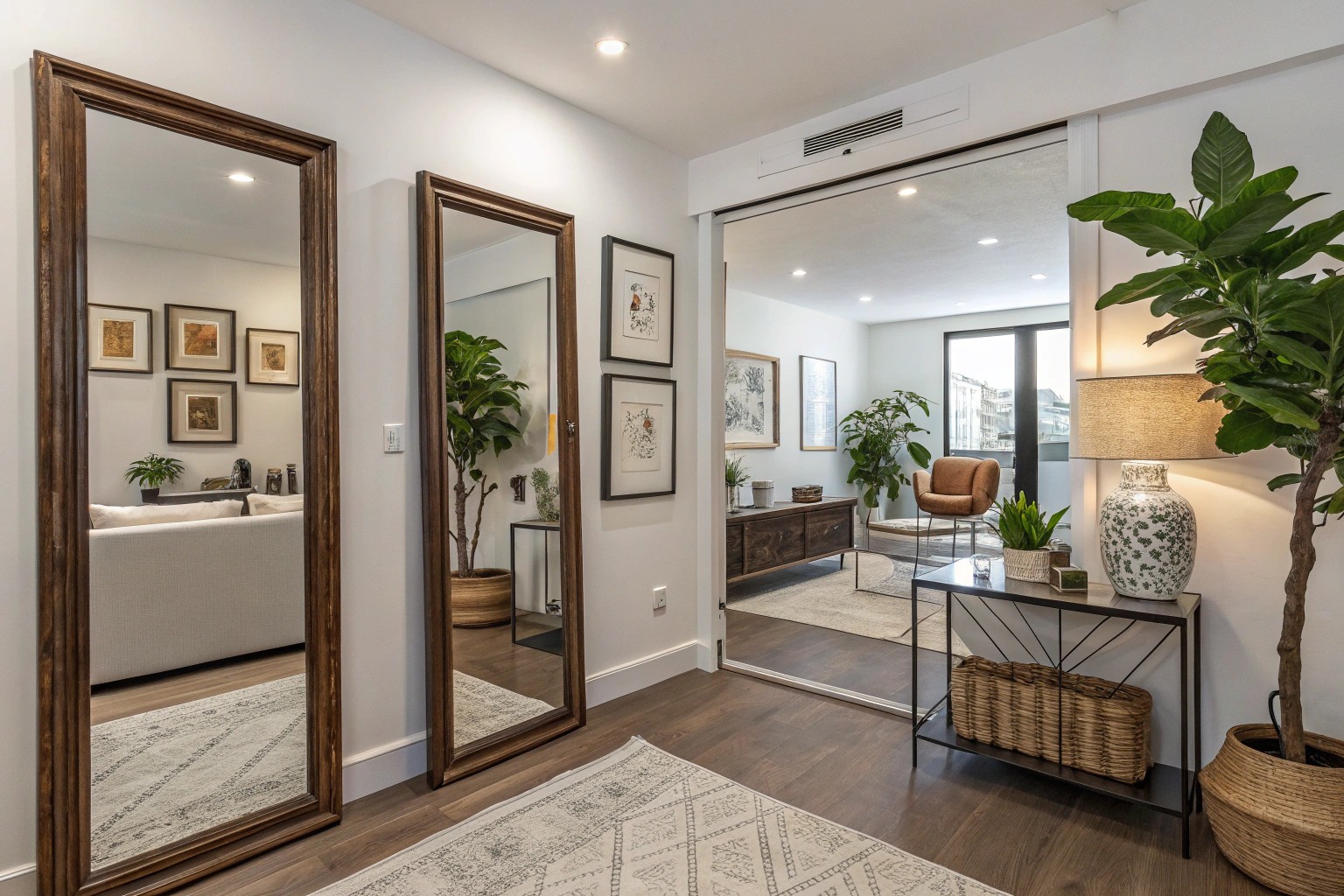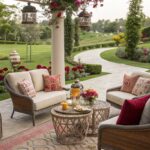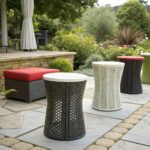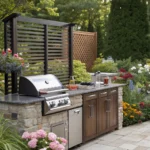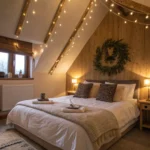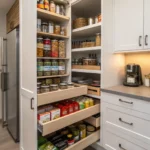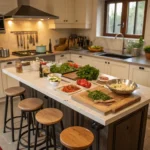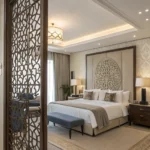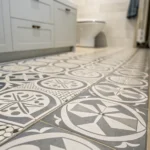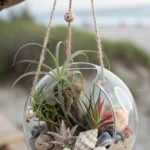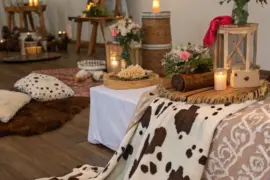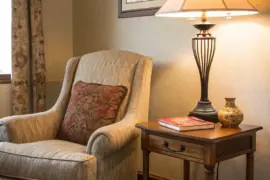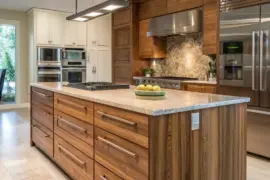The strategic use of mirrors represents one of the most powerful yet underutilized tools in modern spatial design, capable of transforming cramped quarters into seemingly expansive environments through careful manipulation of light and visual perception. Whether you’re working with a compact urban apartment or seeking to enhance a garden’s sense of depth, understanding the principles behind reflective design can fundamentally alter how spaces feel and function.
Understanding the Science of Spatial Illusion
How Mirrors Create the Perception of Space
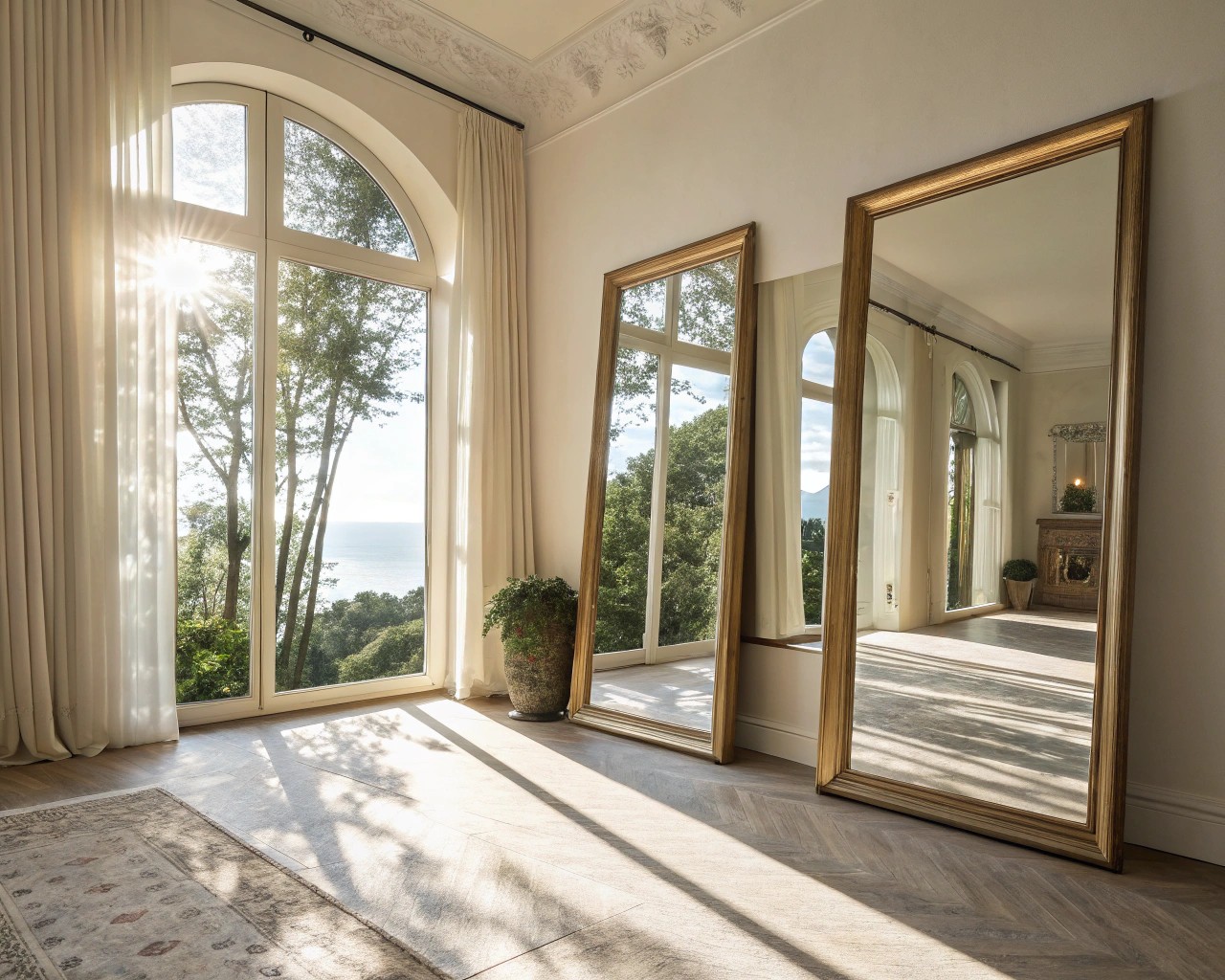
The illusion of expanded space through mirrors operates on fundamental principles of human visual perception and light physics. Mirrors don’t actually amplify light by creating additional photons, but they create the illusion of more light by reflecting existing photons around a space. This reflected light bounces off surfaces, reaching areas that would otherwise remain in shadow and creating a brighter, more open atmosphere.
When positioned strategically, mirrors extend the visual depth of a room by extending visual boundaries to create the illusion of a larger space. The brain interprets these reflections as continuation of the existing space, effectively doubling the perceived room dimensions. This psychological response to reflected imagery has been documented across cultures and forms the foundation for all mirror-based spatial enhancement techniques.
The Light Multiplication Effect
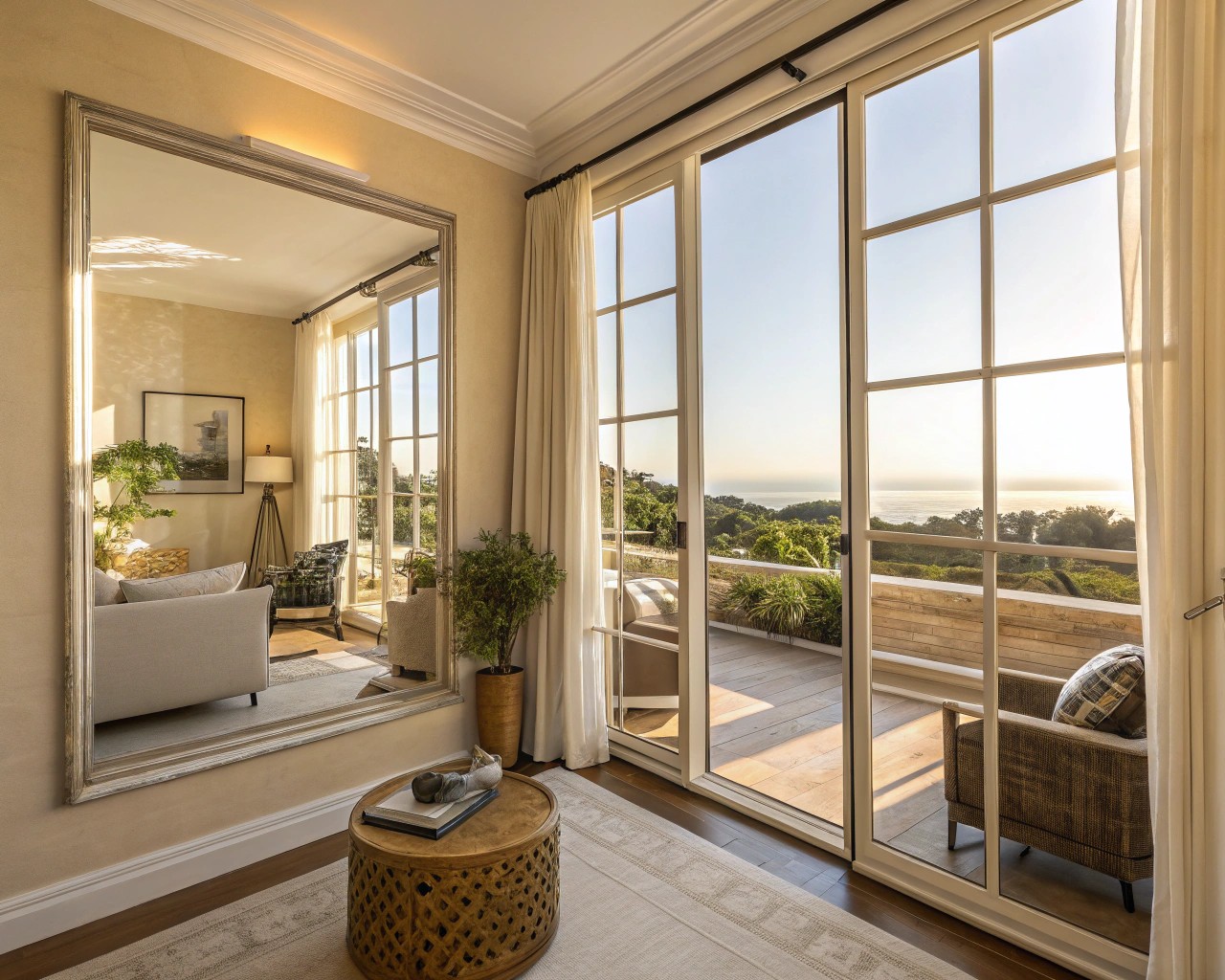
Understanding how mirrors interact with both natural and artificial light sources is crucial for maximizing their spatial impact. Placing a mirror opposite a window allows it to capture and reflect incoming light, effectively doubling the amount of natural light in a space. This technique works particularly well when the mirror reflects not just the window itself, but the view beyond it, creating what appears to be an additional window.
For artificial lighting, mirrors positioned behind or adjacent to light fixtures can dramatically increase illumination efficiency. A mirror behind a pendant light or chandelier reflects artificial light throughout darker areas of a room, creating even illumination that eliminates the visual barriers that shadows create between spaces.
Maximizing Indoor Spaces Through Reflective Design
Strategic Placement for Small Rooms

Floor-to-Ceiling Installations
Full-length mirrors positioned along entire walls create the most dramatic spatial expansion effects. I’ve found that placing a floor-to-ceiling mirror on the wall perpendicular to a room’s entry point immediately makes the space feel twice as large upon entering. The reflection encompasses the room’s full height and width, creating an almost limitless visual extension.
In narrow spaces like hallways or compact bedrooms, this technique counteracts the feeling of confinement by visually stretching the area. The reflection creates an impression of greater width and openness, making the environment feel more comfortable and less restrictive.
Window Opposition Strategy
The classic mirror-opposite-window placement remains one of the most effective techniques for spatial enhancement. This positioning serves multiple functions:
- Light amplification: Doubles natural light entering the space
- View extension: Creates the illusion of multiple windows
- Depth creation: Makes walls appear to recede into the distance
- Brightness distribution: Spreads light to previously dark corners
Room-Specific Applications
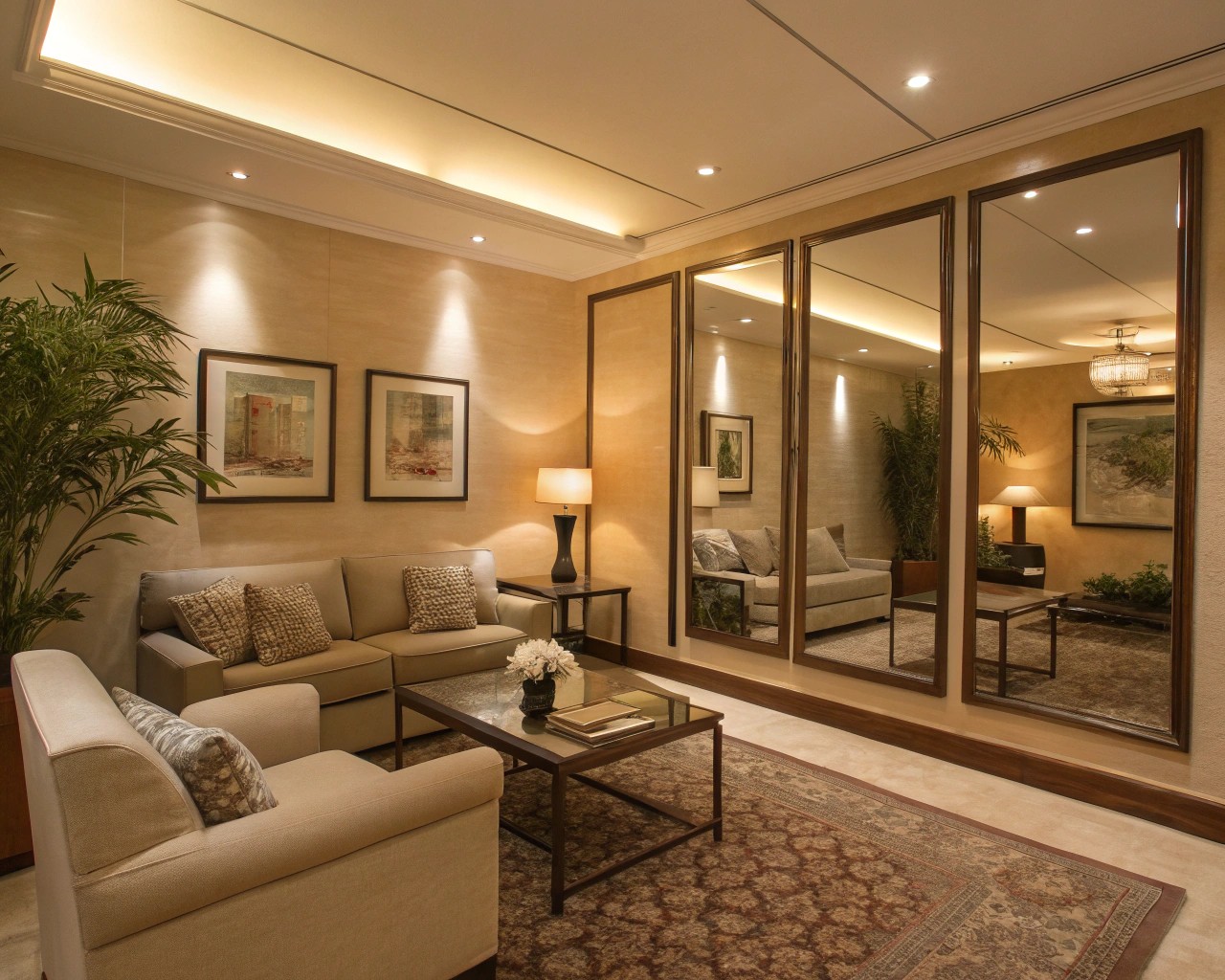
Living Spaces and Bedrooms
Large mirrors positioned behind seating areas or at the foot of beds create focal points while expanding perceived space. The reflection of furniture and décor elements adds visual complexity without physical clutter, making rooms appear more furnished yet spacious simultaneously.
Mirrored wardrobe doors in bedrooms serve dual purposes – providing full-length viewing capabilities while eliminating the visual bulk of traditional cabinet doors. The reflective surface blends with surrounding décor, essentially making storage furniture disappear while maintaining functionality.
Bathrooms and Powder Rooms
In compact bathrooms, strategic mirror placement can transform claustrophobic spaces into seemingly luxurious powder rooms. Installing mirrors on multiple walls creates an infinity effect, where reflections bounce between surfaces to create seemingly endless space. However, careful consideration of what gets reflected is essential – ensure mirrors capture attractive elements rather than utilitarian fixtures.
Advanced Indoor Techniques
Mirrored Furniture Integration
Incorporating furniture with reflective surfaces extends the space-enhancement effect throughout a room’s functional elements. Mirrored coffee tables, side tables, and storage pieces blend seamlessly into their surroundings, creating negative space where solid furniture would normally impose visual weight.
Gallery Wall Arrangements
Creating arrangements of multiple mirrors in varying sizes and shapes can serve as dramatic focal points while maintaining spatial expansion benefits. This technique works particularly well in entryways or along lengthy hallways, where the varied reflections create visual interest and depth.
Outdoor Mirror Applications for Garden Expansion
Creating Garden Depth and Mystery
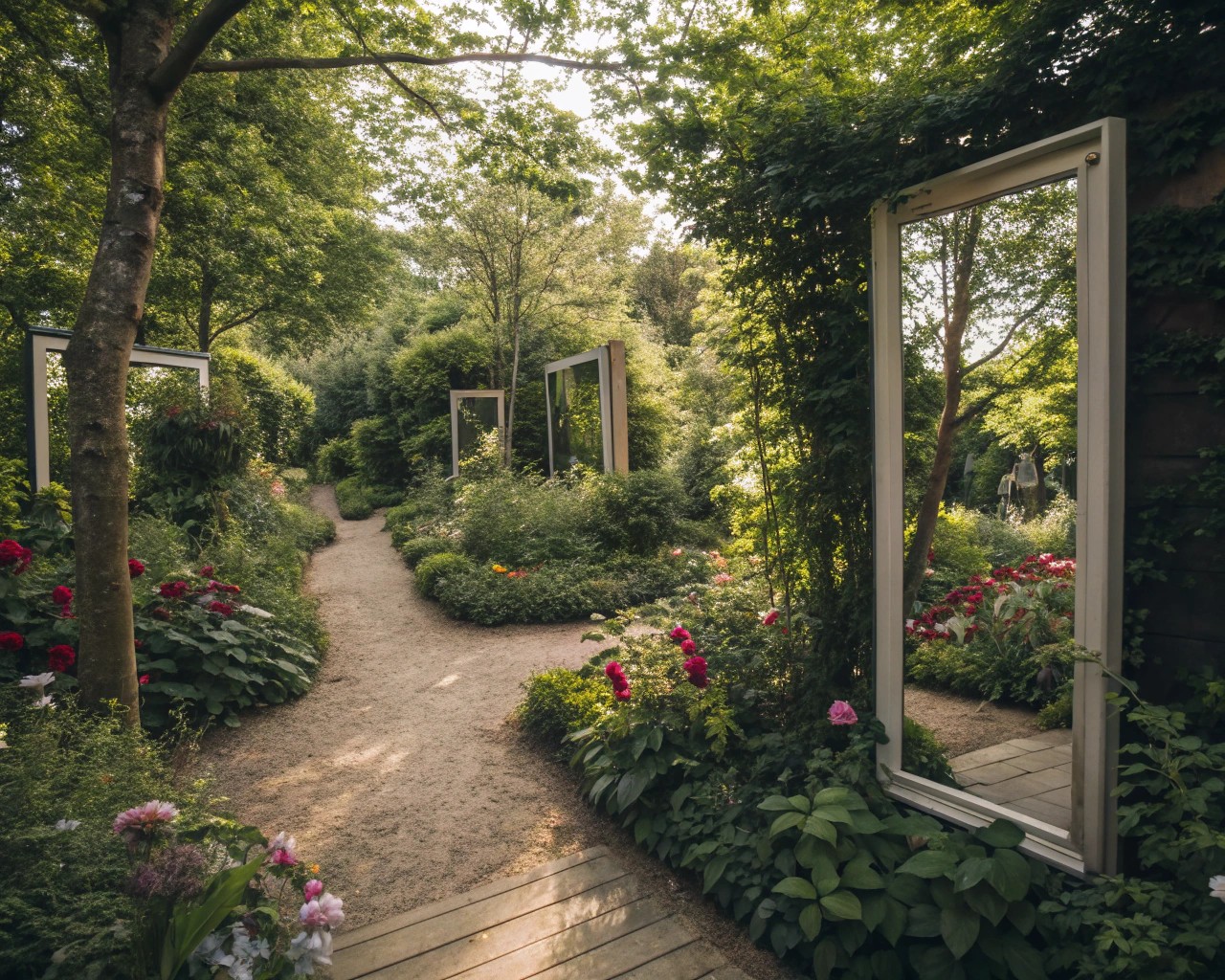
Outdoor mirrors offer unique opportunities to expand perceived garden space while creating intriguing focal points. Unlike indoor applications, garden mirrors must work within natural settings, complementing rather than competing with organic elements.
Against Walls and Fences
Positioning mirrors against garden walls, fences, or sheds maximizes the illusion of depth and space in outdoor areas. The key is ensuring the mirror faces inward toward the garden rather than outward, creating reflections that appear to extend the existing landscape rather than revealing neighboring properties.
I’ve observed that arch-shaped mirrors work particularly well in courtyard settings, adding elegance and depth to confined areas. When placed at the end of garden paths, mirrors create the illusion of extended space, making pathways appear to continue beyond their actual endpoints.
Seasonal Adaptability
Garden mirrors excel at reflecting seasonal changes, essentially doubling the visual impact of flowering plants, autumn foliage, or winter structure. During peak growing seasons, a strategically placed mirror can make a small herb garden appear like an extensive botanical collection by reflecting the lush greenery and creating an immersive natural experience.
Water Feature Enhancement
When positioned near fountains, ponds, or pools, mirrors enhance the reflective qualities of water, doubling visual impact and creating serene atmospheric effects. The combination of water reflection and mirror reflection creates layers of visual depth that make even small water features appear substantial.
Style Integration for Outdoor Spaces
Frame Material Considerations
Weather resistance is paramount for outdoor mirror applications. Metal frames like aluminum and stainless steel resist rust while maintaining structural integrity, while treated hardwoods such as teak and cedar provide natural, rustic charm that blends with garden aesthetics.
For safety and durability, acrylic or polycarbonate mirrors offer excellent shatterproof alternatives to glass, particularly important in areas with high winds or around children and pets. These materials maintain optical clarity while eliminating safety concerns associated with broken glass.
Strategic Placement Guidelines
The Three-Point Assessment System
Before installing any mirror, whether indoor or outdoor, I recommend evaluating three critical factors:
| Factor | Indoor Considerations | Outdoor Considerations |
|---|---|---|
| Reflection Content | Attractive décor, windows, light fixtures | Garden views, sky, water features |
| Light Sources | Natural windows, artificial lighting | Sun angles, seasonal changes |
| Safety Elements | Secure mounting, appropriate height | Wind resistance, bird protection |
Height and Angle Optimization
Eye-Level Positioning
For functional mirrors, maintaining eye-level positioning (approximately 60 inches from floor level) ensures practical usability while maximizing spatial benefits. However, decorative mirrors can be positioned higher to capture and reflect ceiling details or architectural elements that add visual interest.
Angle Considerations
Slight angling of mirrors can optimize their reflective capabilities. A mirror angled slightly downward captures more floor space and furniture, making rooms appear more furnished and complete. Conversely, angling slightly upward reflects ceiling elements and lighting fixtures, creating the impression of greater height.
Avoiding Common Placement Mistakes
What Not to Reflect
Careful consideration of reflected content prevents mirror placement that diminishes rather than enhances spatial perception. Avoid positioning mirrors to reflect:
- Cluttered or unattractive areas
- Direct glare from windows or light sources
- Bathroom facilities or utility areas
- Busy traffic patterns that create distracting movement
Safety and Maintenance Considerations
Structural Security
Proper mounting becomes critical as mirror size increases. Large mirrors require secure mounting systems capable of supporting both the mirror’s weight and potential wind loads in outdoor applications. Professional installation is recommended for mirrors exceeding 24 inches in any dimension or when mounting on questionable wall surfaces.
Wildlife Protection
Outdoor mirrors require special consideration for bird safety. Birds may mistake reflections of sky or trees for real space and attempt to fly through the mirror. Adding decorative window grids, etching patterns, or positioning mirrors where they don’t reflect open sky helps prevent bird collisions.
Weather Resistance and Maintenance
Moisture Management
Outdoor mirrors need proper drainage and ventilation to prevent moisture buildup behind the reflective surface. Regular inspection for seal integrity prevents moisture-related deterioration and maintains optical clarity.
Cleaning Protocols
Both indoor and outdoor mirrors benefit from regular cleaning to maintain maximum reflective efficiency. Use appropriate cleaning solutions that won’t damage reflective coatings, and establish cleaning schedules based on environmental exposure levels.
Advanced Integration Techniques
Layered Reflection Systems
Creating multiple reflection points throughout a space can produce sophisticated spatial enhancement effects. By positioning mirrors to reflect other mirrors, you can create infinite space illusions that dramatically expand perceived boundaries. This technique requires careful planning to avoid overwhelming the space or creating disorienting effects.
Architectural Integration
Built-in Solutions
Incorporating mirrors into architectural elements like built-in shelving, room dividers, or cabinet doors creates seamless spatial enhancement that appears intentional rather than added as an afterthought. Mirrored backing on open shelving reflects displayed items while adding depth behind the shelving unit.
Lighting Coordination
Coordinating mirror placement with lighting design maximizes both illumination and spatial enhancement. Mirrors positioned to reflect multiple light sources create even illumination that eliminates visual barriers created by shadows and dark corners.
Seasonal Adaptability
Indoor mirror arrangements can be adjusted seasonally to optimize natural light capture as sun angles change throughout the year. Outdoor mirrors benefit from periodic repositioning to account for plant growth and seasonal garden changes that might obstruct or enhance reflected views.

